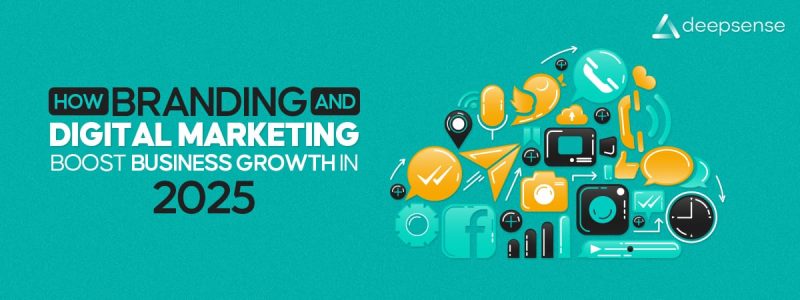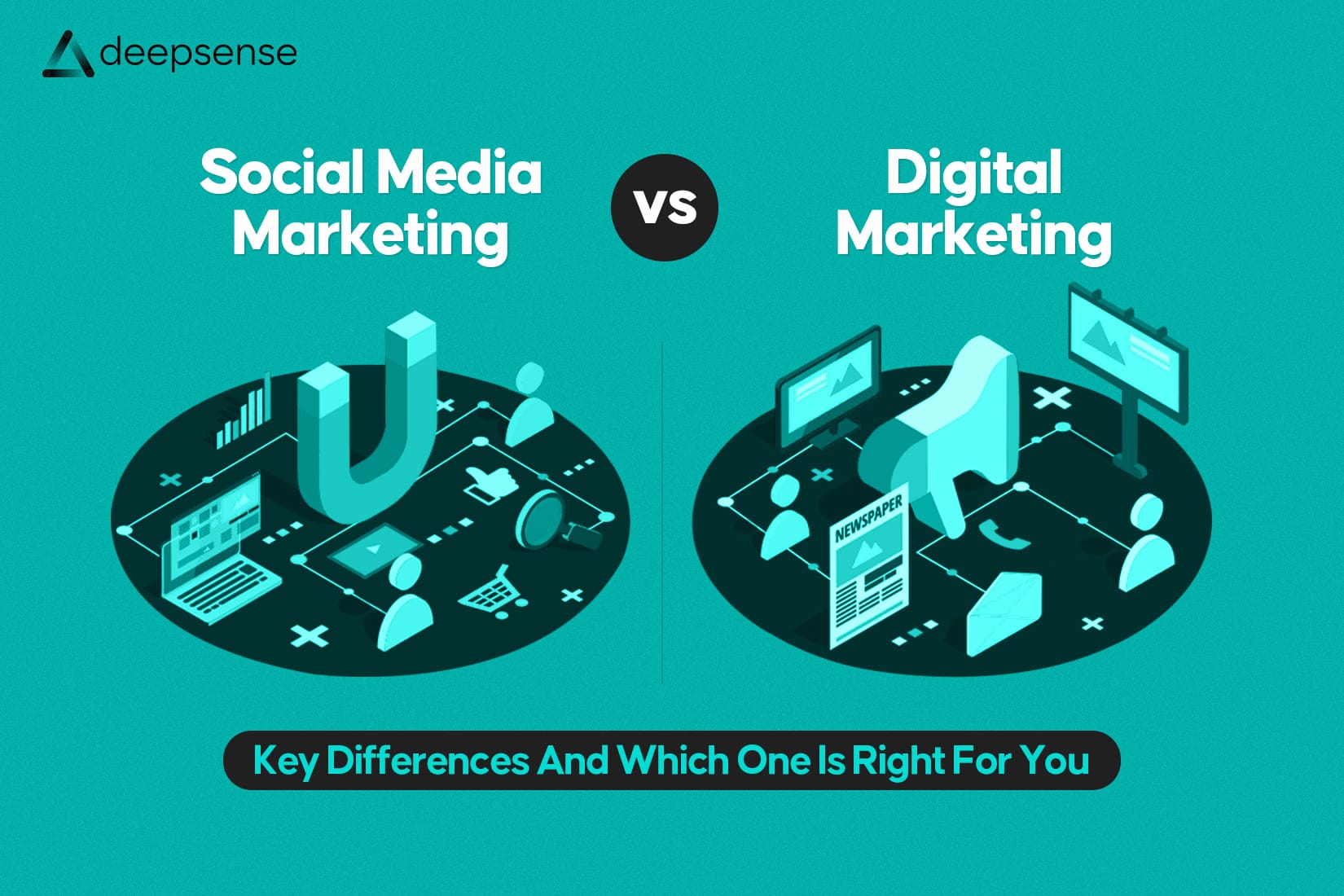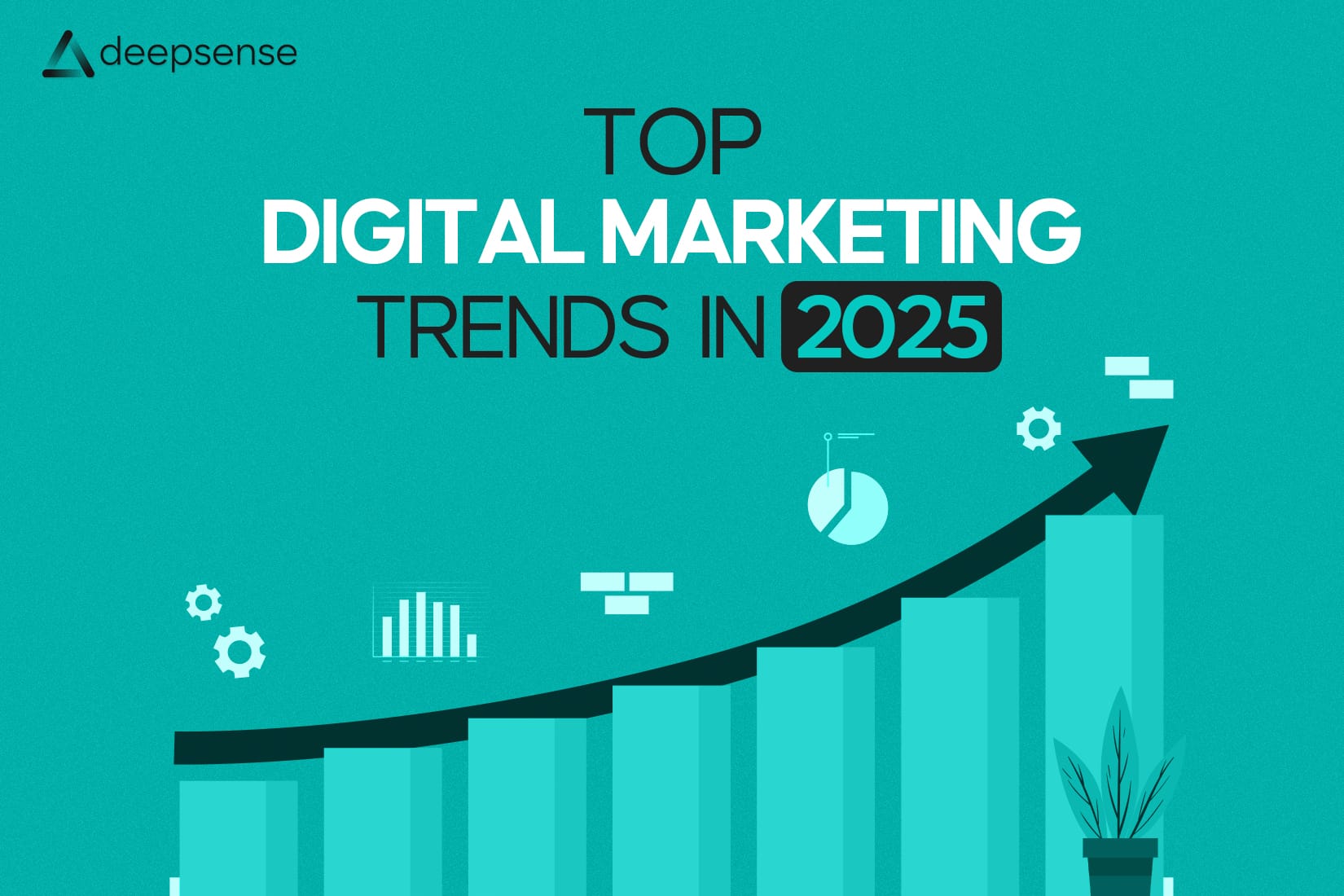Imagine this. You’re standing at the checkout counter of your favorite store. You pull out your card to pay, and the cashier smiles and says, “Congratulations! You’ve just unlocked a free gift as part of our loyalty program.”
At that moment, you’re not just a shopper, you feel like a valued insider. And that’s exactly why customer loyalty programs work like magic.
For marketers, loyalty programs are more than just giving out points or freebies. They’re about creating sticky relationships, the kind where customers not only keep coming back but also spread the word about your brand. In today’s hyper-competitive market, where acquisition costs are skyrocketing, retaining existing customers is no longer optional, it’s essential.
So, let’s dive into the marketer’s playbook on how to build a loyalty program that doesn’t just exist, but truly thrives.
Why Customer Loyalty Programs Are Non-Negotiable
Let’s be real. We live in a world where customers are spoiled for choice. A single Google search can show them 10 alternatives to your product. So, how do you make them stick with you? Loyalty programs.
Here’s why they matter:
- Retention beats acquisition. Studies show acquiring a new customer can cost 5x more than retaining an existing one.
- Loyalty boosts profits. According to Harvard Business Review, increasing retention by just 5% can increase profits by up to 95%.
- Customers actually want them. 77% of consumers say they’re more likely to keep shopping with a brand that has a loyalty program.
In other words, loyalty programs aren’t just “nice-to-have”, they’re a revenue powerhouse.
The Anatomy of a Winning Loyalty Program
Now, let’s break down what makes a program click with customers and stand the test of time.
1. Know Your Customers Like a Friend
The best loyalty programs feel personal. If you’re running a coffee shop, your customers don’t want random discounts on muffins when they’re latte lovers. They want free drinks, early access to seasonal flavors, or maybe even a personalized “Happy Birthday” treat.
Pro tip: Use customer purchase data to tailor rewards. The more relevant the reward, the more engaged they’ll be.
2. Keep It Simple, Silly (KISS Rule)
Ever signed up for a loyalty program and thought, “Wait, do I need a calculator for this?”
Complex point systems and endless fine print are a big turnoff. The golden rule: if a customer can’t explain how your program works in one sentence, it’s too complicated.
- Starbucks: “Collect stars, redeem for free drinks.”
- Sephora: “Earn points, unlock perks.”
- Amazon Prime: “Pay once, get free shipping + extras.”
Simple = successful.
3. Go Beyond Discounts
Sure, discounts are nice, but loyalty is about more than price. People crave special treatment and experiences.
Think of it like this:
- Nike gives members early access to limited sneakers and exclusive training sessions.
- Lululemon connects members with local events and classes, turning buyers into community members.
- Airlines give travelers elite perks like upgrades and lounge access, not just cheap flights.
Discounts fade. Experiences stick.
4. Make It Mobile-First
Let’s face it, our lives are glued to our phones. Your loyalty program should be, too.
- Create an app or integrate rewards into your existing one.
- Send push notifications reminding customers when they’re close to earning rewards.
- Make redemption as easy as a tap (nobody wants to carry paper punch cards anymore).
Starbucks nailed this with its app. Customers can earn stars, pay, order ahead, and redeem, all in one smooth digital experience.
5. Add a Dash of Gamification
Why do people spend hours playing games? Because leveling up feels good. That same psychology applies to loyalty programs.
- Award points like “XP” in a game.
- Add badges for milestones (“5 purchases in a month!”).
- Create fun challenges (“Shop three weekends in a row and unlock a surprise”).
Gamification taps into people’s competitive spirit and makes loyalty addictive, in a good way.
6. Tier It Up
A one-size-fits-all program doesn’t inspire ambition. That’s where tiers come in, Bronze, Silver, Gold, Platinum.
The psychology here is powerful: once people reach one tier, they’ll naturally want to climb to the next. Airlines, for example, have turned this into a multi-billion-dollar strategy with their frequent flyer programs. Passengers will go out of their way to book with the same airline just to keep their “status.”
7. Market Your Program Like a Product
Here’s a secret: even the best loyalty program fails if no one knows about it. Don’t just launch it and forget it. Treat it like a campaign.
- Promote it on your website, checkout pages, and packaging.
- Announce it on social media.
- Send emails celebrating milestones (“You’re only 20 points away from a reward!”).
- Train staff to mention it at checkout.
Your loyalty program should be so visible that no customer misses it.
8. Measure, Tweak, Repeat
What gets measured gets improved. Keep track of:
- Enrollment rates (how many join?)
- Redemption rates (are people using rewards?)
- Repeat purchase frequency
- Customer Lifetime Value (CLV)
If customers aren’t redeeming, maybe your threshold is too high. If engagement drops, maybe your rewards aren’t exciting enough. The key is to keep adjusting until you hit that sweet spot.
Pitfalls to Avoid (aka Loyalty Program Graveyard)
Even the best ideas can flop. Watch out for these common traps:
- Making the system confusing
- Offering rewards that don’t excite your audience
- Failing to promote it properly
- Ignoring mobile users
- Forgetting that emotional connection is just as important as financial reward
Brands That Do It Right
- Sephora Beauty Insider: Points + birthday perks + tiered rewards = beauty enthusiasts for life.
- Starbucks Rewards: Seamless app integration + gamified stars = millions of daily users.
- Amazon Prime: A loyalty program people actually pay for because the value is unmatched.
These examples show that loyalty programs aren’t about freebies, they’re about creating long-term brand love.
Final Thoughts: Loyalty is Earned, Not Bought
Here’s the truth: a successful loyalty program isn’t about throwing discounts at customers. It’s about making them feel valued, recognized, and part of something bigger than a transaction.
When done right, loyalty programs don’t just increase repeat purchases, they create advocates, brand ambassadors, and raving fans who stick with you even when competitors come knocking.
So, as a marketer, your job is simple:
- Keep it clear.
- Make it rewarding.
- Build emotional connections.
Do this, and you’ll transform your customer base from one-time buyers into lifelong supporters.
FAQs
1. What is a customer loyalty program, and why do businesses need it?
A customer loyalty program is a marketing strategy that rewards repeat customers for their continued support. Businesses need it because it encourages customer retention, boosts repeat sales, and builds strong brand advocacy.
2. What are the most common types of loyalty programs?
Some popular types include:
- Points-based programs (earn points for purchases)
- Tiered programs (unlock benefits as you spend more)
- Paid/VIP memberships (customers pay for exclusive perks)
- Cashback programs (earn money back on purchases)
- Gamified programs (fun challenges, badges, and levels).
3. How do loyalty programs benefit customers?
Customers enjoy discounts, exclusive offers, early access to products, free gifts, and personalized experiences. Beyond the perks, it makes them feel valued and appreciated by the brand.
4. What are some mistakes brands make with loyalty programs?
- Making rewards too complicated to redeem
- Not offering enough value
- Forgetting personalization
- Ignoring mobile-friendly experiences
- Failing to communicate program benefits clearly.
5. How can small businesses run a loyalty program effectively?
Start small and simple, like punch cards, referral rewards, or a points-based app. Use tools like Square, Shopify, or digital wallets to manage rewards. The key is making it easy, affordable, and rewarding.
6. How important is personalization in loyalty programs?
Extremely important! Personalized rewards and offers make customers feel special and increase engagement. For example, sending birthday discounts or tailored product suggestions can strengthen loyalty.
7. Do digital loyalty programs work better than physical ones?
Yes. While physical cards still work, digital programs (apps, QR codes, email rewards) are easier to track, reduce fraud, and provide customers instant access to rewards.
8. How can businesses measure the success of a loyalty program?
Track metrics like:
- Customer retention rate
- Repeat purchase frequency
- Average order value (AOV)
- Customer Lifetime Value (CLV)
- Program engagement (reward redemptions, referrals).
9. Can loyalty programs help acquire new customers too?
Yes! Many programs include referral bonuses, where existing customers bring in new ones. Plus, showcasing your program’s benefits in marketing can attract fresh customers looking for value.
10. What’s the future of customer loyalty programs?
Expect more AI-powered personalization, gamification, eco-friendly rewards, and blockchain-based loyalty tokens. The focus is shifting from “discount-driven” to experience-driven loyalty.











